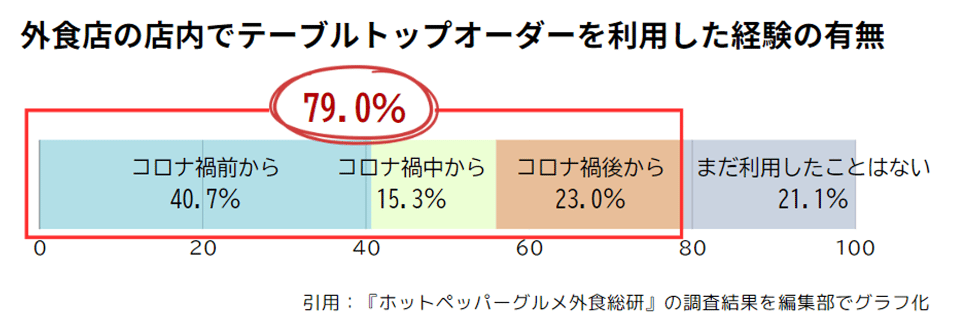

POS
POS Business

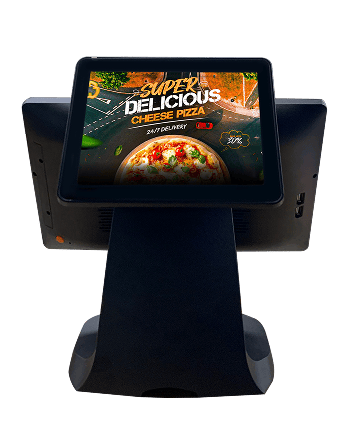
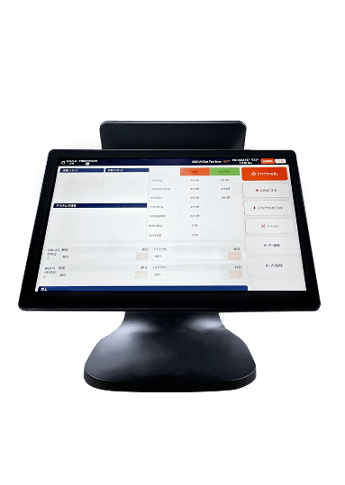
1.Delivery Integration Function
With DIQIT's POS system, you can centrally manage information from multiple delivery platforms, reducing staff burden, improving cooking speed, and increasing operational efficiency in order processing and service. Of course, sales management and analysis can be combined with dine-in service, making it easy to reflect in new initiatives.
2.Cooking Time Management
Takeout and delivery orders often have different timing requirements than dine-in orders. DIQIT's POS system can visualize all time requirements from order to service and set cooking priorities. This eliminates the need for cooking staff to think about or adjust the order. For takeout, it can align with pickup time, and for delivery, it can match driver departure time, balancing and adjusting cooking order and preparation with dine-in service. This results in smooth operations and allows staff to focus on cooking. The result is smooth operations without disruption, allowing staff to focus more effectively on cooking.
3.Order Overview Display
For the above cooking time management, accurate cooking time settings are crucial. DIQIT's POS system displays not only the order fulfillment time overview but also whether orders were delivered as scheduled, later, or earlier. By automatically feeding back to the system, it maintains high accuracy.
4.Digital Order Strategy
We provide services that allow customers to order using a digital ordering system even from outside the restaurant. The system serves both new customers and repeaters, increasing satisfaction for both. In recent years, payment methods have diversified. By enabling flexible settings for multiple payment methods, we improve order convenience while increasing restaurant efficiency. Of course, it smoothly handles consumption tax for dine-in and takeout, as well as split payment functions. Information is reflected in the cloud in real-time, allowing timely centralized management of payment status across multiple stores.
5.Marketing Automation and Loyalty Management
Marketing automation is a tool that centrally manages customer information for marketing purposes. DIQIT's POS system automatically creates personalized loyalty programs for each customer, reflecting customer information and usage history in services and point utilization. Specifically, it automates actions like "sending year-end party invitations in November" or "sending discount coupons in birth months." It also includes creating digital stamp cards and awarding points based on spending amount and frequency. Furthermore, it can display various data breakdowns in a concise form, including revenue, costs, profit margins, and promotion effectiveness, enabling effective business operations through performance improvement and new initiatives. With increasing competition, marketing is essential for survival. DIQIT's POS system's ability to incorporate new marketing initiatives into the system is another attractive feature.
6.Visualization Module and Reports
Even with the best POS system, if accessing necessary data requires multiple steps and isn't visualized, data check frequency decreases, hindering quick decisions. In this regard, DIQIT's POS system allows visual and timely confirmation of all data, including customer waiting status and store congestion. This enables appropriate operational instructions, providing a stress-free environment for all customers using takeout, delivery, or dine-in services.
7.Sales Management System
Sales management is the most important function of a POS system. DIQIT's POS system naturally includes automatic daily sales report creation and data analysis functions, and can also display these reports visually. It also uses cloud technology to centrally manage information across multiple stores. Additionally, while valuing the importance of the sales management system, it not only collects basic information but also customizes data collection according to each restaurant's needs. It can also be downloaded in a format that's easy to use with Windows.
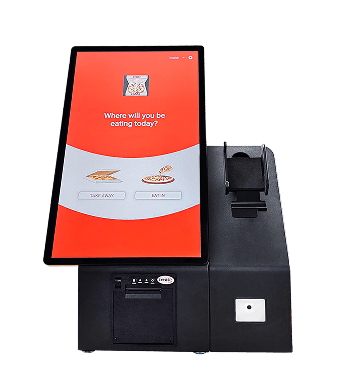
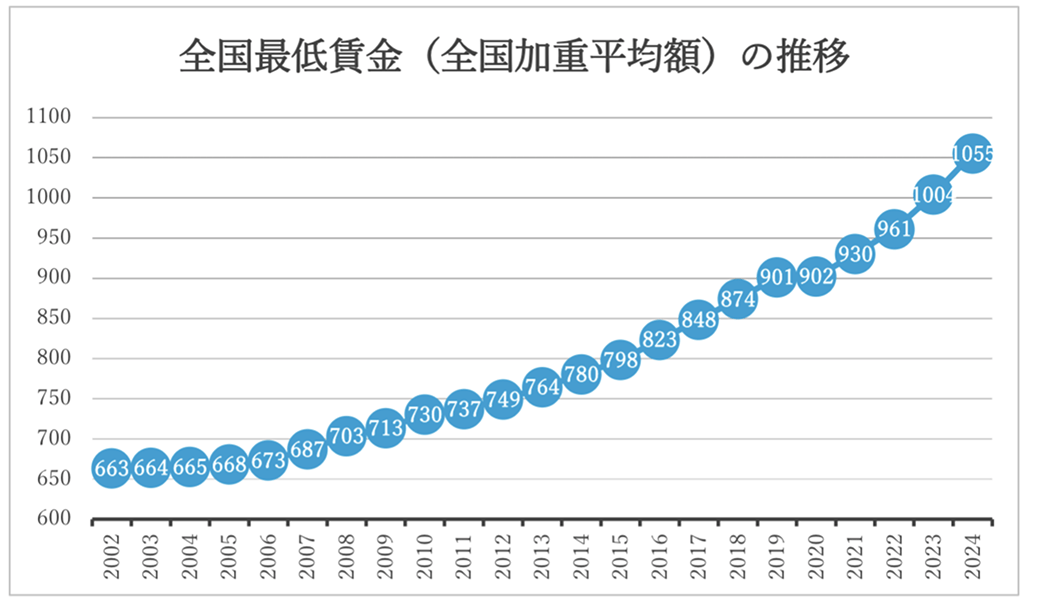
In 2023, it exceeded 1,000 yen for the first time, and in 2024, it recorded the highest increase of 51 yen, reaching 1,055 yen. Five years ago in 2019 it was 910 yen, and ten years ago in 2014 it was 780 yen. As a business owner, there's no other word than "soaring," and this trend will undoubtedly continue.\nThis makes it necessary to streamline operations and run the store efficiently with minimal staff. A representative example gaining attention is self-order systems like tabletop orders and mobile orders.\nBelow are the results of a survey conducted by Hot Pepper Gourmet Research Institute on "Experience with Tabletop Ordering in Restaurants."
The notable point is that the usage experience rate reaches about 80%. Moreover, future usage intention is very high at 72.4% for tabletop ordering, indicating that customer resistance has disappeared. Now, it might be the restaurants that have resistance to self-ordering. Introducing self-ordering means orders are immediately displayed on the kitchen display, reducing time loss and eliminating input errors in the POS system. The key to this success lies in system design centered around the POS system. DIQIT's POS system can design this according to each restaurant's individual needs. It listens to detailed requirements, designs optimal systems for operations and management, and proposes and implements systems that deliver maximum performance. Previous POS systems mostly combined generic systems from system companies according to store needs. While this appeared to have high adaptability, there were often areas that felt insufficient or just one step short. In this regard, DIQIT's POS system, with system development as its backbone, excels at detailed individual responses. Restaurants looking to find new directions and aim for further growth should consider introducing DIQIT's POS system.
